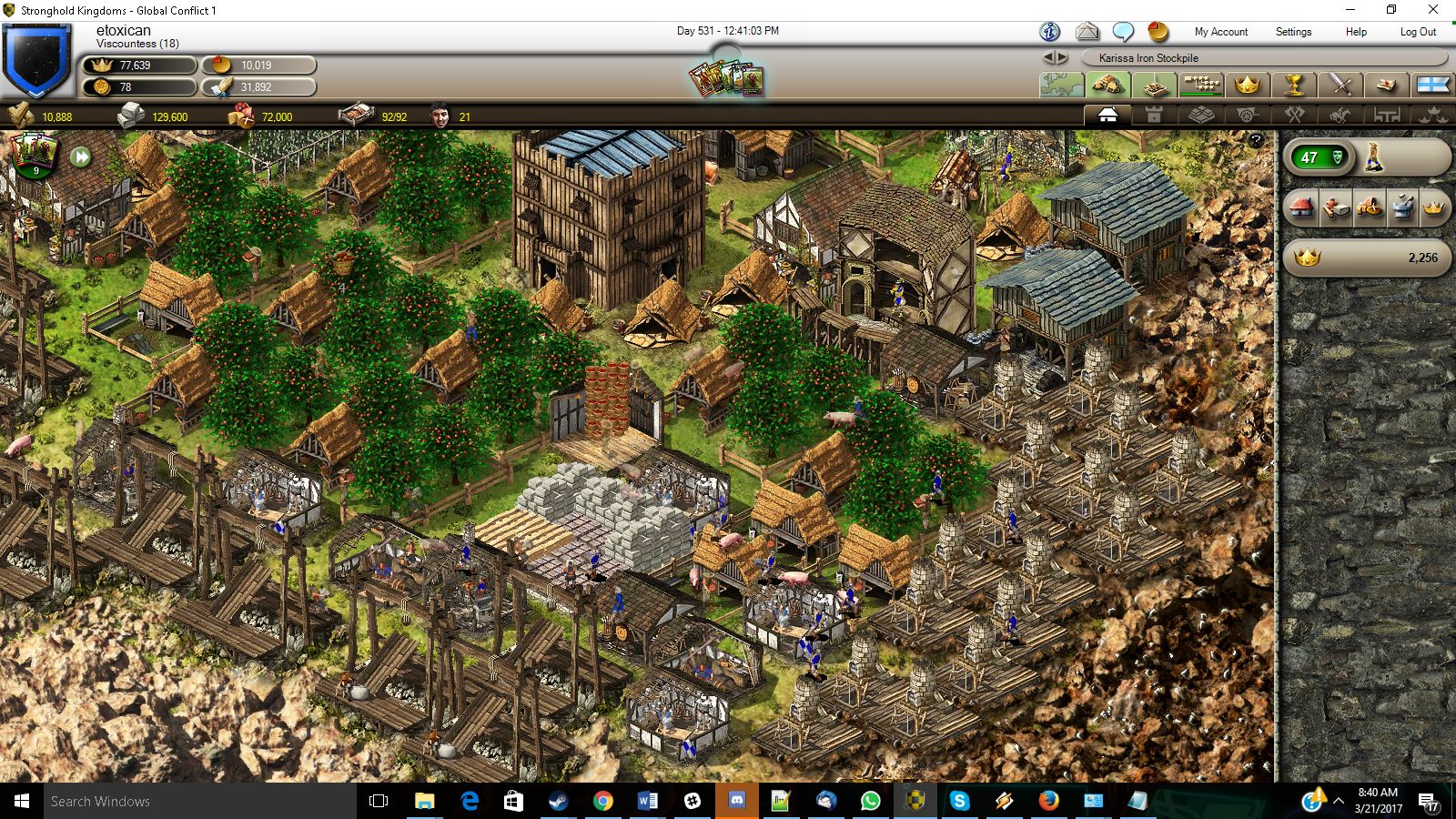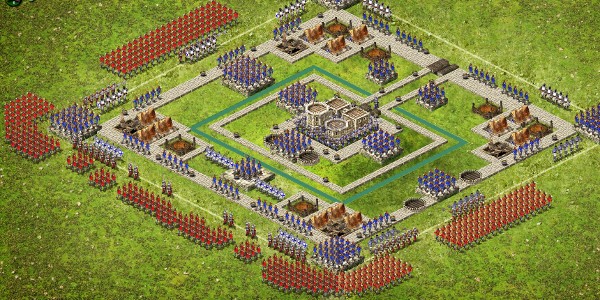

The mines of the Enna and Caltanissetta districts were part of a leading sulphur-producing area throughout the 19th century, but have declined since the 1950s. In the southeast lie the lower Hyblaean Mountains, 1,000 m (3,300 ft). The cone of Mount Etna dominates the eastern coast. Along the northern coast, the mountain ranges of Madonie, 2,000 m (6,600 ft), Nebrodi, 1,800 m (5,900 ft), and Peloritani, 1,300 m (4,300 ft), are an extension of the mainland Apennines. The terrain of inland Sicily is mostly hilly and is intensively cultivated wherever possible. The total area of the island is 25,711 km 2 (9,927 sq mi), while the Autonomous Region of Sicily (which includes smaller surrounding islands) has an area of 27,708 km 2 (10,698 sq mi). The northern and southern coasts are each about 280 km (170 mi) long measured as a straight line, while the eastern coast measures around 180 km (110 mi) total coast length is estimated at 1,484 km (922 mi).

To the north-east, it is separated from Calabria and the rest of the Italian mainland by the Strait of Messina, about 3 km (1.9 mi) wide in the north, and about 16 km (9.9 mi) wide in the southern part. Sicily has a roughly triangular shape, earning it the name Trinacria. See also: Geology of Sicily The Monti Sicani in western Sicily Sicily has a rich and unique culture, especially with regard to the arts, music, literature, cuisine, and architecture. Sicily was given special status as an autonomous region on, 18 days before the Italian institutional referendum of 1946. The island officially became part of Italy in 1860 following the Expedition of the Thousand, a revolt led by Giuseppe Garibaldi during the Italian unification, and a plebiscite. Later, it was unified under the House of Bourbon with the Kingdom of Naples as the Kingdom of the Two Sicilies. The Norman conquest of southern Italy led to the creation of the County of Sicily in 1071, that was succeeded by Kingdom of Sicily, a state that existed from 1130 until 1816. After the end of the Roman province of Sicilia with the fall of the Roman Empire in the 5th century AD, Sicily was ruled during the Early Middle Ages by the Vandals, the Ostrogoths, the Byzantine Empire, and the Emirate of Sicily.

It was later the site of the Sicilian Wars and the Punic Wars. The region thus became one of the centers of Magna Graecia, with the foundation along its coasts of many Greek city-states ( póleis). By around 750 BC, Sicily had three Phoenician and a dozen Greek colonies. The earliest archaeological evidence of human activity on the island dates from as early as 14,000 BC. The island has a typical Mediterranean climate. Its most prominent landmark is Mount Etna, the tallest active volcano in Europe, and is one of the most active in the world, currently 3,357 m (11,014 ft) high. Sicily is in the central Mediterranean Sea, south of the Italian Peninsula in continental Europe, from which it is separated by the narrow Strait of Messina. It is one of the five Italian autonomous regions and is officially referred to as Regione Siciliana. You can see the main table of all land types, what they can build and such: here.Sicily ( Italian: Sicilia Sicilian: Sicilia i) is the largest and most populous island in the Mediterranean Sea and one of the 20 regions of Italy with the Strait of Messina dividing it from the region of Calabria in Southern Italy. There are currently 10 different land types ingame, all yielding different terrain aspects that increase production on various resources. This might hinder many, while others may flourish on the unique resource types they can aquire.

A few of the below land types have a few common features keeping it streamline so to speak, however a great many are resource specific. Different land types in Stronghold Kingdoms give players a lot of variety when it comes to choosing the layout of each village, and in terms of overall strategy.


 0 kommentar(er)
0 kommentar(er)
